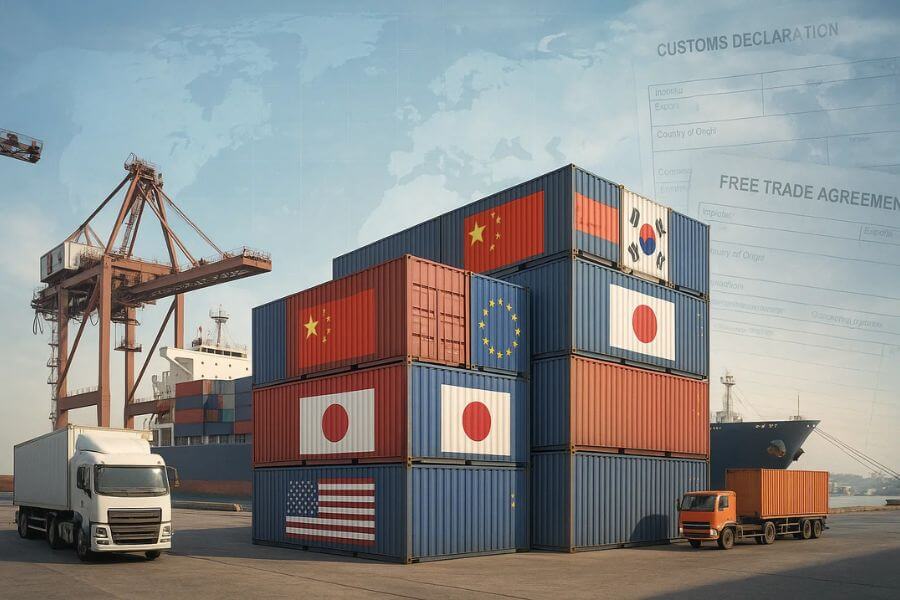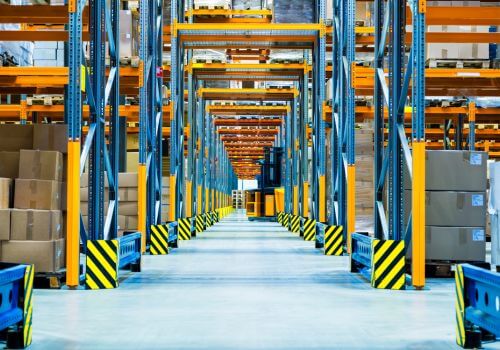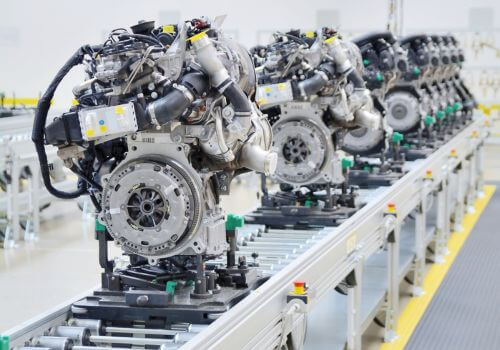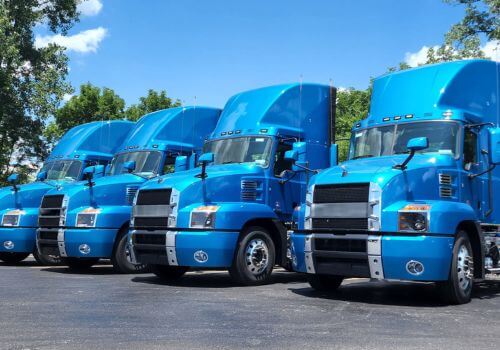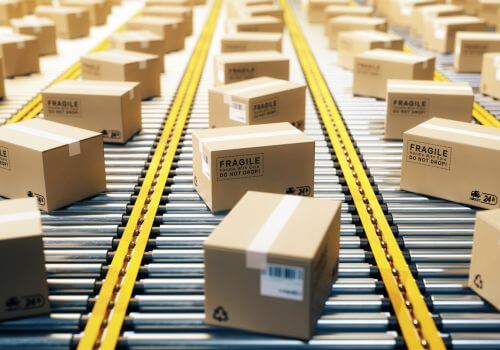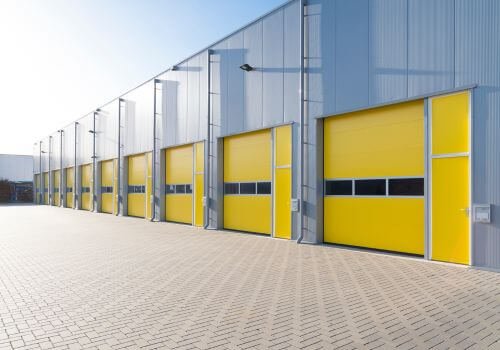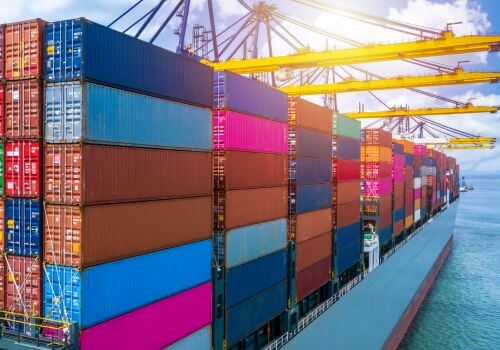In the interconnected global economy, logistics is no longer just about moving goods from Point A to Point B. It’s about moving them smarter, faster, and more economically across increasingly complex international trade environments. At the heart of this transformation lies the Free Trade Agreement (FTA), a powerful tool that reduces trade barriers and unlocks new opportunities for manufacturers, distributors, freight forwarders, and supply chain professionals.
This comprehensive guide will help you fully understand the strategic role of FTAs in modern logistics, how they work, what they cover, and how businesses can harness their full potential for growth and operational efficiency.
What are Free Trade Agreements?
A Free Trade Agreement (FTA) is a legally binding treaty between two or more nations that aims to promote international trade by reducing or eliminating customs duties, tariffs, quotas, and other trade barriers. Unlike simple trade relationships, FTAs come with comprehensive rules that govern the origin of goods, market access, trade remedies, customs procedures, and even services, investments, and intellectual property.
While each FTA varies in scope and depth, most share these common objectives:
- Encouraging cross-border commerce
- Increasing economic cooperation
- Improving efficiency and competitiveness
- Reducing overall trade costs for businesses
In logistics, these goals translate into tangible advantages, such as faster customs clearance, reduced landed costs, improved shipping efficiency, and better integration into regional supply chains.
What is the role of FTAs in logistics?
FTAs are more than just economic agreements; they are logistics enablers. Here’s how they reshape the logistics landscape:
Lower total landed costs
Perhaps the most direct benefit of FTAs is the elimination or reduction of tariffs, which directly decreases the cost of imported and exported goods. This affects every stage of the supply chain, from sourcing raw materials to delivering finished products.
Improved transit times
Many FTAs include trade facilitation measures such as customs modernization, digitized documentation, and simplified inspection procedures. These collectively reduce bottlenecks and shorten delivery timelines.
More predictable supply chains
By providing clarity and consistency in trade policies, FTAs reduce the uncertainty often associated with cross-border commerce. This predictability helps logistics planners schedule shipments with greater accuracy and lower risk.
Access to preferential markets
Logistics providers can help clients take advantage of broader market access provided by FTAs, facilitating expansion into regions where competitors without FTA access may face higher trade barriers.
What are the core elements of an FTA that affect logistics operations?
Understanding the inner workings of FTAs helps logistics and supply chain teams operate more effectively. Below are the major components of an FTA that impact logistics planning and execution:
Tariff elimination or reduction
Most FTAs include a tariff schedule that outlines which goods are exempt from duties and which have phased reductions. Products that qualify for preferential treatment benefit from lower landed costs.
Rules of Origin (ROO)
Rules of Origin determine whether a product qualifies as originating in a member country. This involves complex assessments based on:
- Wholly obtained goods (e.g., agricultural products)
- Substantial transformation (e.g., assembling components from different countries)
- Value content requirements
From a logistics standpoint, ensuring that goods meet the ROO is essential for enjoying FTA benefits. Incorrect classification or documentation can lead to delays, penalties, or denial of preferential treatment.
Certificate of Origin
Most FTAs require a Certificate of Origin, a key document certifying the nationality of the product. This must accompany the shipment and be accurately filled out by the exporter or an authorized party.
Customs and border procedures
FTAs typically address modern customs practices, including:
- Pre-arrival processing
- Electronic documentation and tracking
- Risk management protocols
- Authorized economic operator (AEO) programs
This directly affects how quickly and reliably shipments clear customs.
Trade facilitation and technical barriers to trade (TBT)
FTAs often include language to harmonize standards (e.g., packaging, labeling, testing), remove redundant procedures, and promote the use of international norms, all of which reduce logistics delays and costs.
What are the different types of FTAs?
FTAs come in various forms, each with its own strategic implications for logistics operations:
Bilateral FTAs
A bilateral agreement is formed between two countries. It allows exporters and logistics providers to understand and comply with a single set of trade rules between the two nations. Example: US-South Korea FTA (KORUS).
Multilateral or regional FTAs
These involve multiple countries and create larger, integrated markets. Supply chains operating in such zones benefit from unified customs procedures, economies of scale, and region-wide efficiencies. Examples include:
- USMCA (United States, Mexico, Canada)
- CPTPP (Comprehensive and Progressive Agreement for Trans-Pacific Partnership)
- RCEP (Regional Comprehensive Economic Partnership)
Customs unions
Unlike FTAs, customs unions (e.g., the European Union) not only remove internal tariffs but also adopt a common external tariff for non-members. This creates a harmonized trade policy, greatly simplifying logistics within the union.
What are the strategic benefits of leveraging FTAs in supply chains?
Logistics companies that understand and apply FTAs can offer more value to their clients. Here’s how they enhance strategic decision-making:
Cost-efficient sourcing
Using FTAs, businesses can source inputs from countries with preferential tariffs, dramatically lowering raw material costs.
Network optimization
Supply chain networks can be designed to take advantage of FTA member locations. This includes choosing suppliers, factories, or warehouses in countries that offer preferential access to target markets.
Inventory flexibility
Lower duties reduce the cost of holding goods in bonded or foreign trade zone warehouses, improving flexibility in inventory management across borders.
Customs risk reduction
FTAs often include pre-clearance and AEO programs that reduce inspection frequency and improve predictability, critical for high-value or time-sensitive goods.
How do FTAs influence different logistics functions?
Every element of a logistics operation can be impacted and optimized through an FTA strategy. Here’s how various logistics functions integrate FTAs:
Freight forwarding
Freight forwarders play a crucial role in identifying which trade agreements apply, advising on documentation, and choosing shipping lanes that optimize for tariff advantages and lead times.
Customs brokerage
Customs brokers manage the complex requirements of certificates of origin, product classification, and ensuring accurate claims under FTA rules.
Warehousing and distribution
FTAs affect where companies place regional distribution centers. For example, a U.S. company may establish a warehouse in Mexico to serve the entire North American market without additional tariffs under USMCA.
Cross-border e-commerce
FTAs make it more affordable and feasible to sell goods internationally. E-commerce platforms can pass cost savings from tariff reductions directly to the consumer while improving delivery speed through simplified clearance.
What are some common compliance challenges in FTA-based logistics?
Leveraging FTAs is powerful, but it comes with challenges that logistics professionals must be prepared to manage:
Complex rules of origin
Even small errors in origin determination can lead to denied benefits or penalties. Understanding cumulative origin rules, minimum value thresholds, and transformation criteria is essential.
Burden of documentation
Certificates of origin must be issued and retained properly. Audits are common, and documentation errors can lead to retroactive duties and fines.
Multiple overlapping FTAs
Countries with many FTAs (e.g., Singapore, Chile) may qualify for more than one agreement. Choosing the best option requires in-depth analysis of tariff rates and ROO requirements.
Regulatory shifts
FTAs can be renegotiated, suspended, or affected by political developments (e.g., Brexit or changes to NAFTA). Logistics teams must monitor trade developments and adjust accordingly.
Frequently asked questions about FTAs
Q1. Do FTAs automatically apply to all products traded between member countries?
A1. No. FTAs only apply to products that meet the agreement’s specific rules of origin. Companies must prove that their goods qualify under these rules to benefit from reduced or zero tariffs.
Q2. Can small businesses benefit from FTAs?
A2. Absolutely. FTAs can help small businesses by lowering export costs, improving market access, and making their pricing more competitive in foreign markets.
Q3. How can I find out if my product qualifies under an FTA?
A3. You can determine qualification by reviewing the rules of origin for the relevant FTA and consulting with a customs broker or trade compliance expert. Many governments also offer online tools and resources for this purpose.
Q4. What happens if a product doesn’t meet the FTA criteria?
A4. If a product doesn’t meet the criteria, it is subject to the standard import tariffs and duties set by the destination country’s trade policies.
Q5. Are there any risks associated with relying on FTAs?
A5. Yes. Changes in trade policy, shifting political dynamics, or disputes between countries can alter or terminate FTAs. Businesses should maintain flexibility and stay informed about geopolitical developments.
In summary, a Free Trade Agreement (FTA) in logistics is a legally binding accord between countries that reduces or eliminates trade barriers such as tariffs, quotas, and customs complexities, thereby streamlining the movement of goods across borders, lowering costs, accelerating delivery times, and enhancing overall supply chain efficiency.

